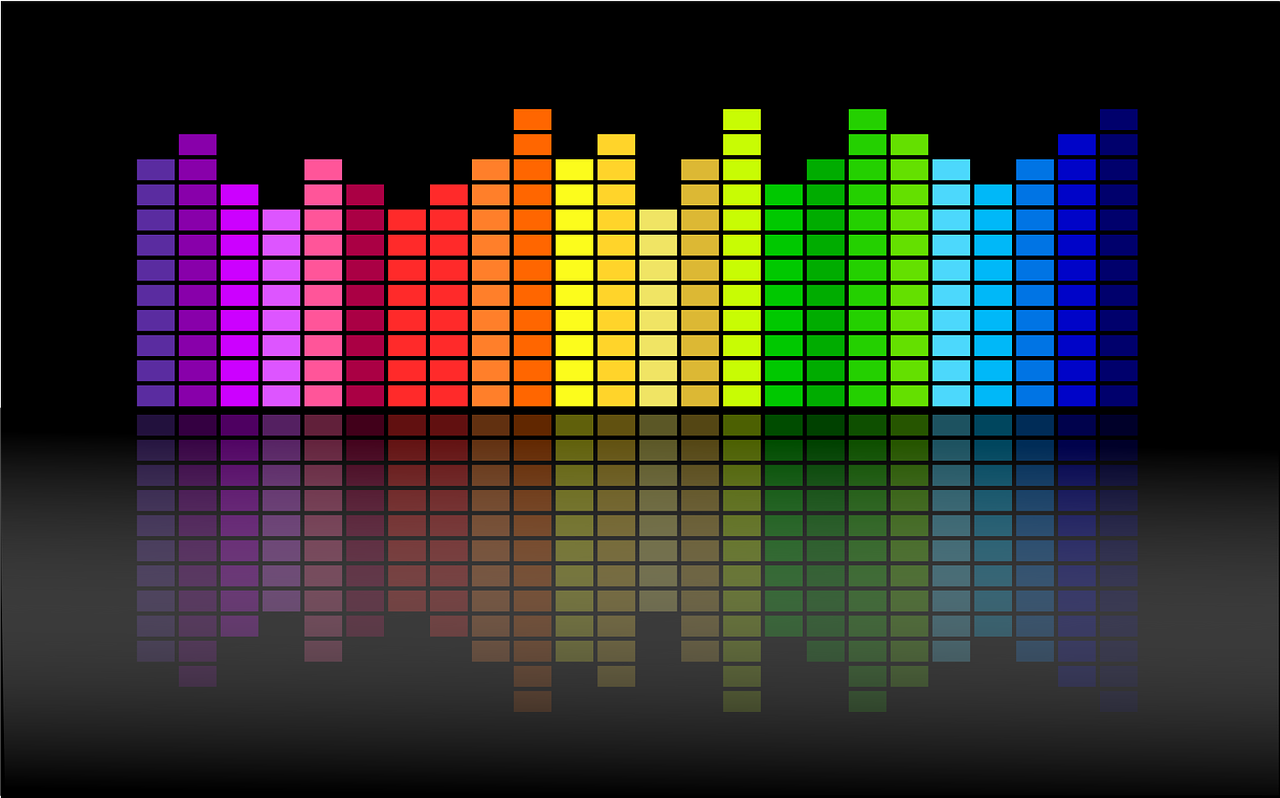How does music recognition actually work and what does this have to do with maths?
 Shazam is an app for the smartphone that recognizes unknown songs in fractions of a second and tells the user everything about the song title and songwriter. Today Shazam is one of the most popular apps worldwide - the database is used up to 4 million times a day! The speed with which songs can be found and the huge database of existing songs are what make Shazam so special. But what does that have to do with math?
Shazam is an app for the smartphone that recognizes unknown songs in fractions of a second and tells the user everything about the song title and songwriter. Today Shazam is one of the most popular apps worldwide - the database is used up to 4 million times a day! The speed with which songs can be found and the huge database of existing songs are what make Shazam so special. But what does that have to do with math?
What makes Shazam so successful is the idea of generating an acoustic fingerprint of a song. This fingerprint is unique for every piece of music, just as it is for people. The high efficiency of the acoustic fingerprint algorithm and an intelligent method of searching the database have made Shazam successful.
Using simple codes, students discover the mathematical basics of sound and the mathematical tools of the trade for acoustic fingerprinting - Fourier analysis. Students will create an acoustic fingerprint of a sample recording and search it in a programmed database. All that is required is prior knowledge of the functions.
Duration: from 5 hours (incl. lunch break)
Contents: Function equations, trigonometric functions
Previous knowledge: concept of function
Target group: Mathematics courses from grade 9 onwards
Created by: Jonas Kusch, Nils Steffens, Janna Tinnes
Registration: Appointments can be made individually by e-mail at KIT or RWTH Aachen University.
Source of the image: https://pixabay.com/de/vectors/equalizer-schlagen-tanz-fiesta-mp3-153212/
Material
The interactive learning material can be accessed via the online platform workshops.cammp.online. How to create an account on the platform and use the
material is explained in this video. In addition, accompanying material is provided for teachers on the online platform, which can be accessed via a password that can be requested by e-mail.
List of publications and talks to this modul:
- Steffen, N.: Wie funktioniert eigentlich shazam? …und was hat das mit Mathe zu tun?, Bachelor thesis, RWTH Aachen, 2016.
